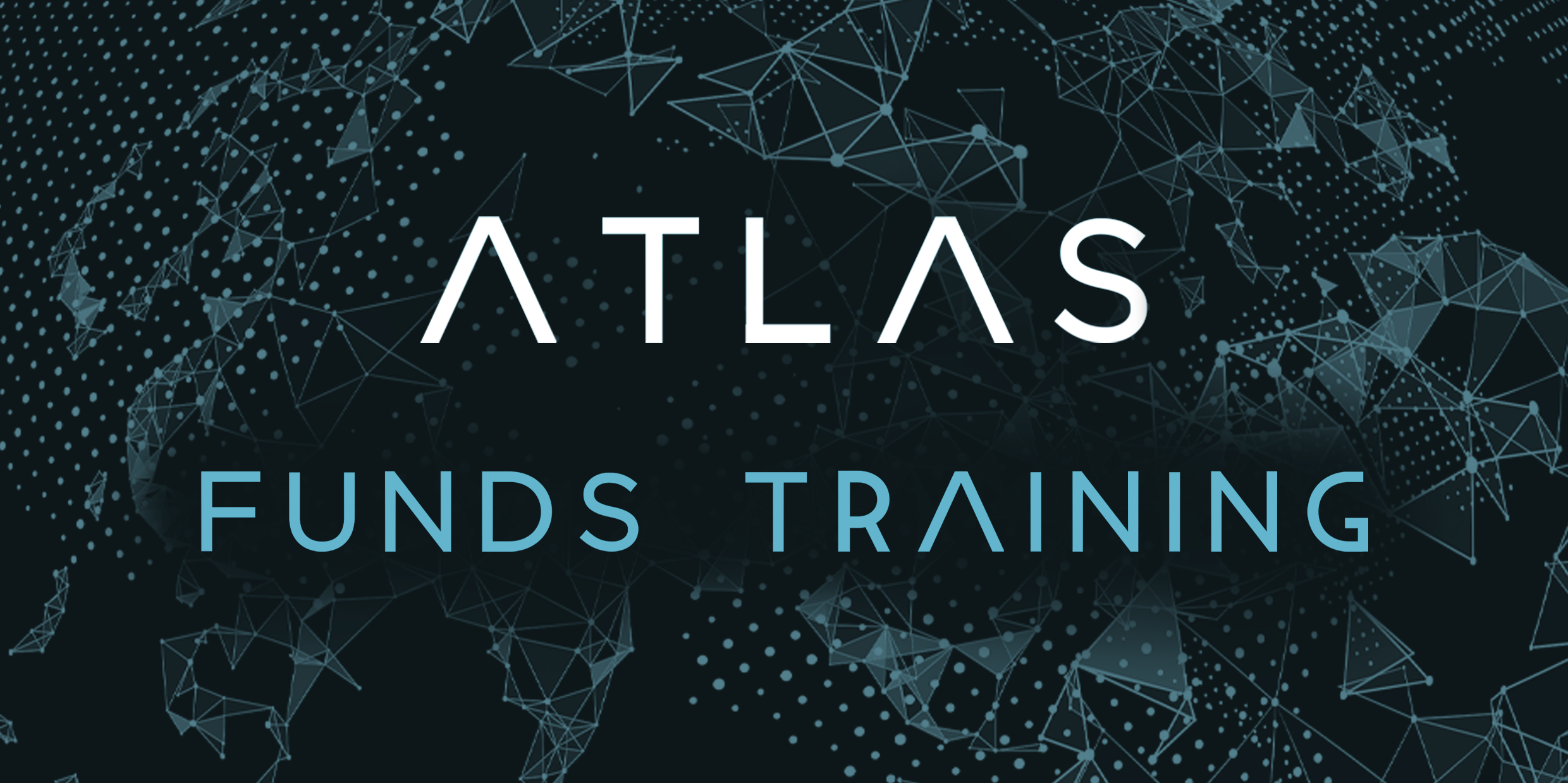On 28th October 2020, the Securities and Exchange Commission (SEC) voted to adopt new rules and form amendments, designed to provide an updated, comprehensive approach to the regulation of funds’ use of derivatives and certain other transactions.
New rule 18f-4, an exemptive rule under the Investment Company Act of 1940 (the “Act”), permits mutual funds (other than money market funds), exchange-traded funds (“ETFs”), registered closed-end funds, and business development companies (collectively, “funds”) to enter into derivatives transactions and certain other transactions notwithstanding the restrictions under section 18 of the Act. In connection with these new rules, the Commission amended rule 6c-11 under the Act to allow leveraged or inverse ETFs to operate without obtaining an exemptive order.
The Investment Company Act limits the ability of registered funds and business development companies to engage in transactions that involve potential future payment obligations, including obligations under derivatives such as forwards, futures, swaps and written options. The new rule permits funds to enter into these transactions if they comply with certain conditions designed to protect investors. These conditions include adopting a derivatives risk management program and complying with a limit on the amount of leverage-related risk that the fund may obtain based on value-at-risk, or “VaR.”
The rule also permits a fund to enter into reverse repurchase agreements and similar financing transactions, as well as “unfunded commitments” to make certain loans or investments, subject to conditions tailored to these transactions. Funds, including money market funds, will now be permitted under the rule to invest in securities on a forward-settling basis. Funds also will be subject to reporting and recordkeeping requirements regarding their derivatives use.
Finally, the Commission adopted new reporting requirements and amendments to certain disclosure forms.
Rule 18f-4 under the Investment Company Act
Rule 18f-4 provides certain exemptions from the Act subject to conditions. The conditions and other elements of the rule include the following:
- Derivatives Risk Management Program. The new rule generally requires a fund to implement a written derivatives risk management program. The program will institute a standardized risk management framework for funds, while also permitting principles-based tailoring by each fund to the fund’s particular risks. The program must include risk guidelines as well as stress testing, backtesting, internal reporting and escalation, and program review elements. A derivatives risk manager approved by the fund’s board of directors will administer the program. The fund’s derivatives risk manager will have to report to the fund’s board on the derivatives risk management program’s implementation and effectiveness to facilitate the board’s oversight of the fund’s derivatives risk management.
- Limit on Fund Leverage Risk. A fund relying on the rule generally must comply with an outer limit on fund leverage risk based on value-at-risk, or “VaR.” This outer limit is based on a relative VaR test that compares the fund’s VaR to the VaR of a “designated reference portfolio” for that fund. A fund generally can use either an index that meets certain requirements or the fund’s own securities portfolio (excluding derivatives transactions) as its designated reference portfolio. If the fund’s derivatives risk manager reasonably determines that a designated reference portfolio would not provide an appropriate reference portfolio for purposes of the relative VaR test, the fund would be required to comply with an absolute VaR test. The fund’s VaR generally is not permitted to exceed 200% of the VaR of the fund’s designated reference portfolio under the relative VaR test or 20% of the fund’s net assets under the absolute VaR test.
- Exception for Limited Users of Derivatives. The rule provides an exception from the program and VaR test requirements provided that the fund adopts and implements written policies and procedures reasonably designed to manage its derivatives risks. A fund may rely on this exception if the fund’s derivatives exposure is limited to 10% of its net assets, excluding certain currency and interest rate hedging transactions.
- Alternative Requirements for Certain Leveraged /Inverse Funds. Leveraged/inverse funds will generally be subject to rule 18f-4 like other funds, including the requirement to comply with the VaR-based limit on fund leverage risk. This will effectively limit leveraged or inverse funds’ targeted daily return to 200% of the return (or inverse of the return) of the fund’s underlying index. The final rule provides an exception from the VaR requirement for leveraged or inverse funds currently in operation that seek an investment return above 200% of the return (or inverse of the return) of the fund’s underlying index and satisfy certain conditions.
- Reverse Repurchase Agreements and Unfunded Commitment Agreements. The rule permits a fund to enter into reverse repurchase agreements and similar financing transactions, as well as “unfunded commitments” to make certain loans or investments, subject to conditions tailored to these transactions.
- When-Issued, Forward-Settling, and Non-Standard Settlement Cycle Securities. The rule permits funds, as well as money market funds, to invest in securities on a when-issued or forward-settling basis, or with a non-standard settlement cycle, subject to conditions.
- The rule requires that the fund comply with certain recordkeeping requirements.
Reporting Requirements
Funds will be required to report confidentially to the Commission on a current basis on Form N-RN if the fund is out of compliance with the VaR-based limit on fund leverage risk for more than five business days. Funds currently required to file reports on Forms N-PORT and N-CEN will be required to provide certain information regarding a fund’s derivatives use. This will include information regarding the fund’s VaR, as applicable, and information about the fund’s derivatives exposure (for funds that rely on the limited derivatives user exception in rule 18f-4).
What’s Next?
The new rule, and related rule and form amendments, will be published on the Commission’s website and in the Federal Register. All will be effective 60 days after publication in the Federal Register.
Click here for the Final Rule.




